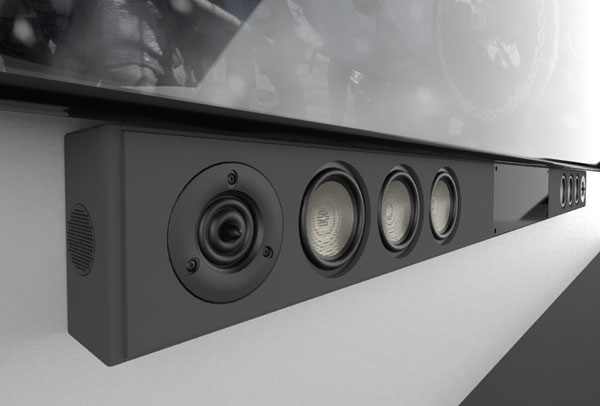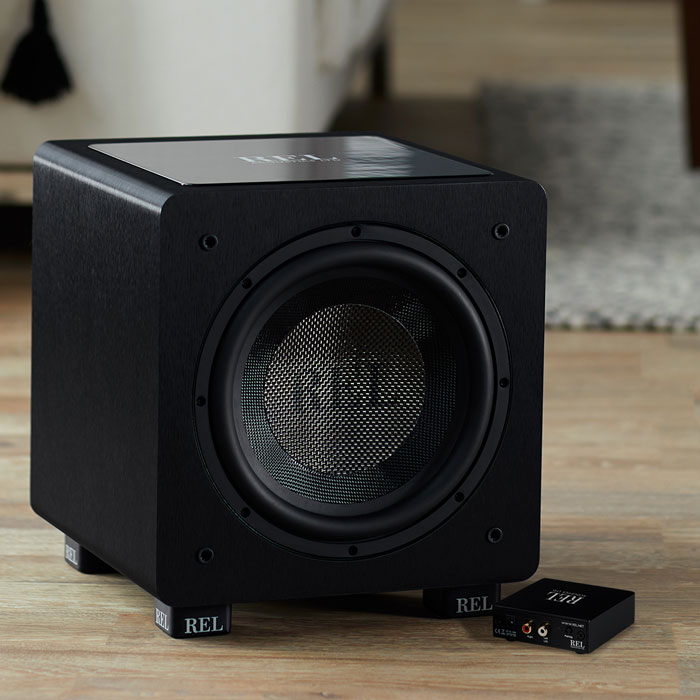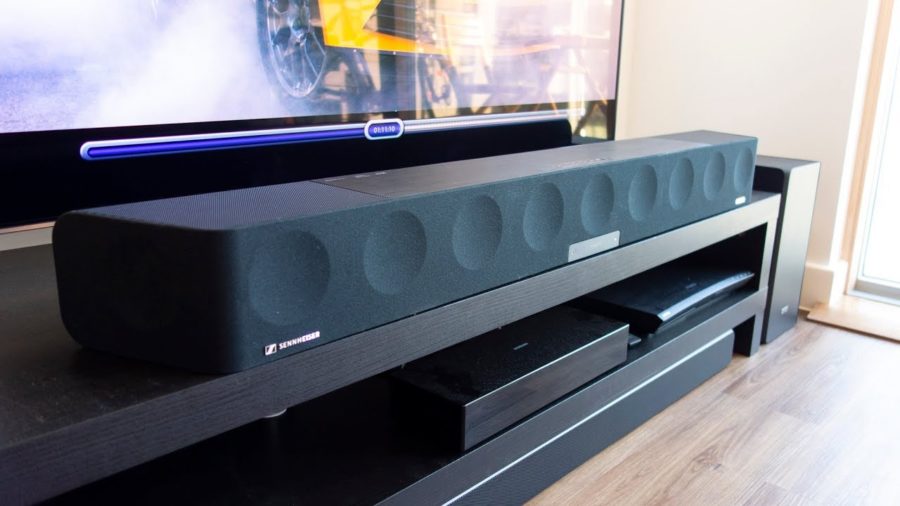Blog
HT-Air May be Your Soundbar Subwoofer Solution
Using REL Wireless to get Quality Bass

A couple months back, I wrote a piece on soundbars and how well they pair with quality subwoofers. I also pointed out that soundbars being sold by otherwise very good video companies (Japanese and Korean tv companies take a bow) were not a wise place to invest money since their primary agenda is:
- Selling you a tv.
- To make more money off you when you’ve decided the sound on their televisions is so terrible you have to go look for something better. This is the only reason they’re offering these low end/lock –you-into-their-product-ecosystem-using-proprietary-wireless so-called subwoofer soundbars.
That’s called doubling down on a bad bet. Why would you reward them for having already delivered atrocious sound via their built-in speakers? They’ve already proven that sound quality is not a strength and certainly not their passion.
So, we’ve identified the disease but what’s the solution? Fortunately, true speaker companies still make decent soundbars that don’t force you into the audio equivalence of indentured servitude. We’ve compiled a list of some of the better ones out there that don’t force you into using a proprietary wireless system and it appears below.
So, assuming you’re about to (or already have) purchased one of these higher quality soundbars, how would you go about connecting up a subwoofer? Let’s assume for the moment that you’ve done your research and one of our more affordable models has captured your fancy. There are four REL models that recommend themselves for mating to soundbars and they range in price from $500 and $2,500 (Sennheiser makes an excellent one that works well at the pricier end of this scale).

My first instinct is to make this easy for you; grab one of our modest units from the HT range (Home Theatre and specifically aimed at perfect .1/LFE performance), plug it in and roll. For small and medium rooms specify an HT/1003 which at 300 watts of Class D power and a 10” driver with amazing jump factor to the sound is an incredible value. Larger rooms, especially open plan living/diving room rooms that are the norm in modern construction will benefit from its larger sibling, the HT/1205 which offers 500 watts and a much more powerful 12” driver which is just the ticket for larger spaces and pretty much the limit for a subwoofer intended for mating with a soundbar.
Intended purely for home theatre, these models don’t offer all the fab finishes of our Serie T/x models that are the latest in a stream of beautifully engineered and designed upscale models but also keep the costs incredibly reasonable. So, tucking an HT into a corner or behind a ficus tree may be just what the designer in your household will need to literally make the subwoofer disappear.
Which leads us to the method of connection. Quality soundbars require a .1/LFE (short for Low Frequency Effects) channel to operate a proper subwoofer, something that cheap soundbars designed to trap you into a dedicated wireless subwoofer protocol that only works with their units does not offer. The LFE connection is a special RCA connector on the rear panel of your soundbar that feeds bass to the subwoofer.
Wireless connections can be so handy, especially because soundbars are often employed in spaces where there either isn’t a lot of room, or where adding additional wiring can be a real pain such as the master bedroom. Tripping over a wire on your way to the master bathroom is no fun.
We’re going to go with the high performance REL HT Air Wireless transmitter and receiver. This is one of those rare cases where high quality doesn’t mean expensive. These are a bargain and feature absolutely zero digital compression (compression, which is code for leaving behind quality, is what makes those cheap wireless units sound so thin and, well, cheap).
REL Tip: The HT Air transmitter is light enough you can even use a tie wrap to attach it to something and hide it behind the soundbar so nothing is visible.

Our alternate choices, not for quality but for .1/LFE performance, would be either the Tzero MKIII or the T/5x. These are built and finished more like audio art but won’t play quite as loud as the HT range which is fine for most folks. Tiny to compact describes their size but their performance is mightier than you might guess, with first class components used throughout. And five coats of lacquer bring a level of sophisticated beauty the other guys would love to know how to emulate. Select T0 MkIII for smaller rooms or step up to the T/5x for room filling sound in medium and even larger rooms.
REL Tip: Plug your LFE cable or the output from your HT-Air into our Low Level input (not the LFE input). This allows you to adjust the crossover to obtain much richer, more powerful performance and a more perfect handoff to your soundbar.
In the end, it’s important to realize that soundbars need not be mean, cheap, low brow affairs but can play a very useful role when space limitations or room configuration conspire against having a full-blown system. If you choose to employ a soundbar make it a good one and ensure that it allows you choices in subwoofers.










